Habits of Whiteness: The Rhetorics of Racial Categories and the Expansion of the Racial Divide
“The questions we face might be put this way: Who represents what to whom, for what reasons, through what institutions, to what effect, to whose benefit, at what costs?” ~ Gregory S. Jay “Knowledge, Power, and the Struggle for Representation” (10)
In the past two years, racial rhetoric has experienced its kairotic moments. In 2014, the shooting of a Black teenager in Ferguson, Missouri, by a White police officer brought to the surface racial tensions in the community, reigniting the national conversation on race in the U.S. Within a month of the fatal shooting, Attorney General Eric Holder announced a new federal initiative, supported by a $4.75 million grant, to study racial bias in five pilot communities (Serrano).
Yet this federal initiative, although laudable, does not address an essential part of the issue: Why do we continue to divide ourselves among racial lines? Nor does it self-reflexively explore the role that the government has in racializing society and expanding the divide. In this essay, I do not attempt to directly answer the “why” but argue that racial categories are rhetorical habits of whiteness1 established to forward a racialist2 ideology, which continues to circulate today. This ideology is evident when we turn our attention to how race is utilized in the context of immigration and naturalization and examine how rhetorics of race socially construct ourselves, others, our material world—across historical time.
I became interested in this area of study when I volunteered at “Citizenship Drives” hosted by a non-profit organization to help immigrants with the Application for Naturalization. I was surprised at the difficulty legal residents of Mexican origin had answering the racial identity question and their ultimate decision to select “White” even when the vast majority openly expressed that they were not “White.” I wondered why immigrants would choose to identify in a way that reinforced the grand narrative of a White America, and I began to question how race is presented to potential new citizens. This led to an extended critical rhetorical inquiry into the relationship between immigration and racial categories. As part of the larger study, I examined the historical documents that informed racial formation/subjection in the U.S. and the changes to the racial identifiers used for immigration purposes. In this article, I present a few of the major texts that were crucial to solidifying the boundaries of race in the U.S., such as the original list of “Races and Peoples” (1898), the publication of an official Dictionary of Races or Peoples (1911), and Directive 15 (1997), among others. Finally, I turn back to the Application for Naturalization (2013) and the racial identity question within the application to reveal how rhetorical habits of the past continue to shape the present.
The Rhetorics of Defining and Dividing Peoples
Although race was coded into law long before 1790, the Naturalization Act of 1790 legitimized the rhetorics of whiteness already in circulation by declaring “only free White persons” could become citizens. Immigration officials at Ellis Island would determine access to the U.S. through this whitewashed lens. Yet, a century after its passing, the overarching structure of White vs. non-White would be tested as an increase of immigrants coming to America from Europe and Asia made it difficult to discern among peoples. The difficulty to identify people triggered a struggle to control signifying practices—and who could be considered “White.” By 1898, the Commissioner General of Immigration established race as the means to classify immigrants, and a list of “Races and Peoples” was created as “a practical tool” for immigration officials to determine who could and could not be granted access to America (Smith 93). The first list, according to historian Marian Smith3, included “46 races or peoples” and defined “The List of Races or Peoples” as “blood” but also used “mother tongue” (93). With entries such as: “African (black),” “Bulgarian,” “Dalmation,” “Italian (North),” “Italian (South),” and “Mexican,” it read more like a list of nationalities and did little to clarify the issue of racial eligibility—who was and was not White.
As racial uncertainties mounted, the newly established Bureau of Immigration and Naturalization (1906) was tasked with clarifying the unpleasant issue (see Smith). Its first year, the Bureau printed additional instructions for “Filing Alien Manifests,” and immigration officials were warned that country of origin and mother tongue did not indicate nationality, and that any alien “whose appearance indicates an admixture of Negro blood” should be classified as African (cited in Perlmann 11). In addition, the use of the identifiers Cuban, West-Indian, and Spanish American “specifically exclude blacks” (cited in Perlmann 7). Perlmann argues that the first order of business, then, was to provide a rhetorical frame to “distinguish the European subgroups from the larger black-white division” and “reassert the one-drop rule” (7). This racialist approach was furthered by the Immigration Commission whose duties were “to make full inquiry, examination, and investigation…into the subject of immigration” (Act of Congress of February 20, 1907).
The Commission, led by Senator Dillingham, retained the 1898 list and contracted Daniel Folkmar, an American ethnologist, to compile a dictionary for immigration purposes. The rationale for the Dictionary of Races or Peoples (1911)4 was outlined in the introduction: Eastern Europe had become an important source of immigration, and “… the true racial status of many of them was imperfectly understood even in communities where they were most numerous” (1). Thus, the Dictionary would serve to “promote a better knowledge” of the current and potential sources of immigration (1). Within the first four pages, Folkmar presents a racial system that includes only five “grand divisions of mankind” (3). Ever the scholar, Folkmar recognizes that the number of races are in dispute, but he argues to follow Blumenbach’s5 classification of “the Caucasian, Ethiopian, Mongolian, Malay and American, or, as familiarly called, the white, black, yellow, brown, and red races” (4). By the fifth page, Folkmar provides a taxonomy of the “divisions” (see Figure 1).
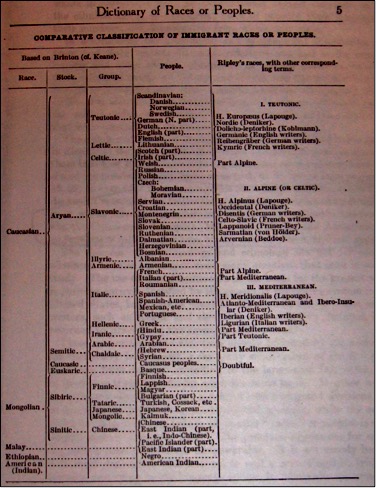
Thus, in the span of five short pages, a rhetorical framework to organize peoples by race, stock, group and “other corresponding terms” is solidified (5). But the violent work of dividing peoples is performed within the dictionary entries where more than “six hundred subjects” appear in alphabetical order with an explanation of racial status centered on clarifying any racial doubts through the lens of whiteness (1). One only has to return to Figure 1 to note that Caucasian is listed first, and in the dictionary entry for Caucasian, Folkmar makes clear that whiteness could apply to any of the five races, but that it was defined in relation to the other four:
CAUCASIAN, CAUCASIC, EUROPEAN, EURAFRICAN, or WHITE race. The name given by Blumenbach in 1795 to the white race … from the Ethiopian, Mongolian, American, and Malay races (see these). The term is now defined … to include all races, which, although dark in color or aberrant in other directions, are, when considered from all points of view, felt to be more like the white race than like any other of the four other races just mentioned (my emphasis). (30)
Another very interesting point is that Folkmar does not define the principal terms (e.g., “stock,” “people”) in the introduction, but he does so much later in the entry for “English or Anglo-Saxon” (54). His definitions, however, are ambiguous and circular: “stock” is a “loose expression for race,” yet “in ethnology generally includes several races,” and “people” is a synonym for race (55). Hence, the “English People” is the same as saying the “English race” (55). In this same entry, he also explains that race should “be determined by the preponderating element in the mixture” (55), and this “preponderance” was exploited at will. Under “Ethiopian,” for example, Folkmar discusses the issues surrounding the inclusion of the Papuans of New Guinea as “Negro,” but ultimately concludes that “[t]hey are alike in inhabiting hot countries and in belonging to the lowest division of mankind from an evolutionary standpoint” (100). It is apparent, then, that the Dictionary privileged whiteness and also rhetorically reasserted the Black-White division. Immigration officials were responsible for judging whiteness, and the “preponderating element in the mixture” was the vague measuring stick to determine or deny this.
Standardizing Racial Categories
In the century after the Dictionary, racial options would fluctuate in response to immigration trends. For example, the original list of 46 “Races and Peoples” increased to 50 in 1936, with the addition of Albanian, Estonian, Latvian, and Filipino. By 1940, the list was reduced to only four options—those actually eligible for naturalization (Smith 99). With the passing of the Act of 1952, however, race was finally purged from all naturalization documents because it was no longer a determinant for eligibility to citizenship. But it is important to note that the “list,” and Dictionary for that matter, did not go away; it was still used by the immigration side of the Immigration and Naturalization Service and other government agencies, including the Census Bureau, continued to use the list.” (see Smith, Perlmann, and Weil).
In 1977, there was a move to standardize race across agencies with Directive 15. The Directive6, issued by the Statistical Policy Division of the Office of Management and Budget (OMB), specified a minimal classification of five racial-ethnic identifiers: American Indian or Alaskan Native, Asian or Pacific Islander, Black, Hispanic, and White. Criticism of these identifiers led to new standards adopted in 1997 (revised Directive 15) and changed the racial categories to American Indian or Alaska Native, Native Hawaiian or Other Pacific Islander, Asian, Black or African American, and White.7 It also added Hispanic or Latino as an option for ethic identity. The OMB did not explain the justification for these five categories, but I posit that statistical continuity was a factor. In a comparison of categories from the Dictionary to Directive 15 (1997), I found that the racial identifiers match the five racial/color groups asserted in 1911 (see Table 1), demonstrating that rhetorical habits of whiteness rear their ugly heads again.8

Sustaining Habits of Whiteness and Expanding the Racial Divide
Although racial identity remains a concern in society, it was not a concern for naturalization purposes for almost 50 years. Then, in 2001, race was required on the naturalization application again à la Directory 15 (1997). And while race no longer determines eligibility for citizenship, the ideological traces of whiteness are still present. This rhetorical habit is unmasked when we turn a critical eye to the configuration of the racial identity question on the current Application for Naturalization, Form N-400 (Figure 2).
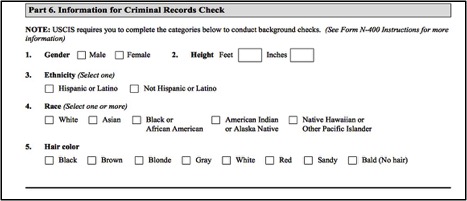
Notice how the application presents the options for race (see #4) on the same line with equal “white” space to seemingly evade a hierarchical relationship. Regardless of the linear formation, there is an embedded hierarchy that positions White in relation to all of the other possibilities —reinforcing a centuries-old habit of grouping peoples into an “overarching dual structure of white and non-white” (Rodríguez 39). The most logical way to avoid this hierarchy would be to place the options in alphabetical order (as published in Directive 15), but this renders White at the bottom. The racial options are also revealing. The audience for Directive 15 is citizens of the U.S., and the five categories, perhaps, make sense in this context. However, the audience for naturalization is immigrants from diverse cultural backgrounds. Peoples of Alaskan, African American, Hawaiian, and Native American origin would not have to fill out this form. In essence, the categories do not celebrate diversity but ask immigrants to conform to the already sanctioned subject positions; conspicuously absent are the options for “other” or “prefer not to answer.” Immigrants are coerced into choosing from the five categories or combination thereof. The situatedness of the ethno-race questions is also noteworthy; they appear alongside those of sex, height, and hair color—fomenting the idea of race as biological fact. More striking is that race precedes questions related to color, namely hair color— also re-inscribing the ideological assumptions openly expressed in the Dictionary that race is connected to skin color.
The government explicitly counters a biological view of race by stating that race “should not be interpreted as being primarily biological or genetic in reference” and “may be thought of in terms of social and cultural characteristics as well as ancestry” (Revised Directive 15), while continuing to purposefully use a rhetorical construct designed within a structure of white dominance. Efforts to provide a common language to identify peoples were historically created as a rhetorical practice to control and deny access to the U.S. While racial identifiers have changed significantly since first used by immigration officials, nonetheless, the ideological assumption that peoples can and should be divided by race has persisted. With the publication of Directive 15, the Dictionary’s racial classification system became standardized and routinized across a myriad of public and private institutions, thereby subjugating diversity for an idealized racial America. Citizens and immigrants alike consume racial ideology on an almost daily basis, and we are repeatedly forced to think of ourselves in racial terms even if we did not do so before—perpetuating a violent cycle of division.
The configuration of the race question on the Application for Naturalization, as well as the majority of administrative forms from the U.S. Department of Labor, U.S. Census Bureau, U.S. Department of Education, etc., also serve as a reminder that White reigns—it is the “first” race and all others are defined in relation to it. What concerns me, though, is how this rhetorical habit of whiteness will continue to exert control in the future by means of immigration. Population projections for 2050 predict that Whites will become the minority and that “82% of the [population] increase will be due to immigration” with Hispanics and Latinos leading the way (Passel and Cohn i). Yet, in a 2011 study, I found that the majority of Mexican-origin immigrants chose to identify as White even though many preferred an intermediate category of moreno/a (brown). Studies by De Genova and Ramos-Zayas, among others, also assert that, because of the options on the U.S. Census, Latinos “readily identify as ‘white’ (even if many may never do so on virtually any other occasion)” (16-17). If these observations are correct, then the largest group of immigrants to the U.S. may also challenge the optimistic statistic that Whites will no longer be the majority, and the racial divide will continue to expand. One thing is certain: until the federal government (and citizens alike) self-reflexively explores who “benefits” from racial categorization, and “at what costs,” we will continue to consume and reproduce race. Through the small but consequential act of checking a box, we affirm a rhetorical practice established centuries ago as a habit of whiteness.
Endnotes
- Terrance MacMullan focuses on the habits of race that reinforce whiteness in the U.S. Although he does not specifically use the term to discuss the racial classification system, I identify racial categories as habits of whiteness. return
- “Racialist” refers to “selection based on national or ethnic origin” (See Weil 626). return
- Marian L. Smith is the senior historian for the U.S. Immigration and Naturalization Service, Washington, D.C. She writes and speaks about the history of the agency. return
- In a 2011 visit to the U.S. Customs and Immigration Historical Library in Washington, D.C., I examined extensively what is thought to be the last copy of the Dictionary in print. return
- Blumenbach, Keane, and Brinton were the leading ethnologists from the U.S. and Britain at the turn of the century. return
- See the appendix section of this link for the full text of Directive 15. return
- Interestingly, the Directive provides for five categories but includes Hispanic. The Revised Directive has ultimately six categories because it separates Asian or Pacific Islander into two options, and Hispanic or Latino are ethnic identifiers. return
- For a detailed discussion of the comparison, please see my unpublished dissertation, “Era[c]ing Diversity: A Critical Rhetorical Approach to Race and the New Citizen.” Note also that the Dictionary entries often had the racial identifier from Directive 15 in the title. See the entry for Caucasian, which contains White as another option. return
Works Cited
- Donovan, Theresa L. “Era[c]ing Diversity: A Critical Rhetorical Approach to Race and the New Citizen.” Diss. The University of Texas at El Paso. 2011. Print.
- De Genova, Nicholas and Ana Y. Ramos-Zayas. Latino Crossings: Mexicans, Puerto Ricans, and the Politics of Race and Citizenship. New York: Routledge, 2003. Print.
- Folkmar, Daniel (Immigration Commission). Dictionary of Races or Peoples. Washington: Government Press Office, 1911. Print.
- Jay, Gregory S. “Knowledge, Power and the Struggle for Representation.” College English. 56.1 (1994): 9-29. Print.
- The Justice Department. “Attorney General Holder Remarks on the Situation in Ferguson, Missouri.” YouTube. 25 Nov. 14. Web. 1 Jan. 2015. https://www.youtube.com/watch?v=g4qoaW5C8uk
- MacMullan, Terrance. A Pragmatist Reconstruction: Habits of Whiteness. Bloomington: Indiana UP, 2009. Print.
- Office of Management and Budget. “Standards for the Classification of Federal Data on Race and Ethnicity.” Federal Register. 9 June 1994. Web. 1 Jan. 2015. https://www.whitehouse.gov/omb/fedreg_notice_15/
- —.“Revisions to the Standards for the Classification of Federal Data on Race and Ethnicity.” Federal Register. 30 Oct. 1997. Web. 1 Jan. 2015. https://www.whitehouse.gov/omb/fedreg_1997standards/
- Perlmann, Joel. “Views of European Races among the Research Staff of the US Immigration Commission and the Census Bureau, ca. 1910.” Working Paper No. 648. Levy Economics Institute of Bard College. (2011): 1-32. Web. 2 Mar. 2014. PDF File. http://www.levyinstitute.org/pubs/wp_648.pdf
- Passel, Jeffrey S. and D’Vera Cohn. “U.S. Population Projections: 2005-2050.” Pew Hispanic Center. 11 Feb. 2008. Web. 2 Apr. 2014. PDF File. http://pewhispanic.org/files/reports/85.pdf
- Rodríguez, Clara E. “Counting Latinos in the U.S. Census.” How the United States Racializes Latinos: White Hegemony and its Consequences. Eds. José Cobas, Jorge Duany and Joe R. Feagin. Boulder: Paradigm, 2009 (37-53). Print.
- Serrano, Richard. “Holder Announces Initiative to Study Racial Bias, Reduce Police-Community Tensions.” The Washington Post. 18 Sept. 2014. Web. 1 Nov. 2014. http://www.washingtonpost.com/politics/holder-announces-federal-initiative-to-study-bias-build-trust-between-community-police/2014/09/18/ac4c0cc2-3f77-11e4-9587
- Smith, Marian L. “Race, Nationality, and Reality: INS Administration of Racial Provisions in U.S. Immigration and Nationality Law since 1898.” Prologue 34.2 (2002): 91-105. Print. http://www.archives.gov/publications/prologue/2002/summer/immigration-law-1.html
- United States. Cong. 1790 Naturalization Act. March 24, 1790. 1st Cong. 2nd sess. U.S. Immigration Legislation Online., Web. 9 Nov. 2014. http://library.uwb.edu/guides/USimmigration/1790_naturalization_act.html
- —. 1907 Immigration Act. Feb. 20, 1907. 59th Cong. Web. 1 Jan. 2015. http://archive.org/stream/cu31924021131101/cu31924021131101_djvu.txt
- —. House. 1952 Immigration and Nationality Act. Jun. 27, 1952. 82nd Cong. H. Rept. 13342. U.S. Immigration Legislation Online. Web. 9 Nov. 2014. PDF File. http://library.uwb.edu/guides/USimmigration/1952_immigration_and_nationality_act.html
- U.S. Census Bureau. “Explore the Form: One of the Shortest Forms in History—10 Questions in 10 Minutes.” United States Census 2010. Web. 9 Nov. 2014. http://www.census.gov/2010census/about/interactive-form.php
- U.S. Department of Homeland Security. U.S. Citizenship and Immigration Services. Form N-400, Application to for Naturalization. 13 Sept. 2013. Web. 1 Jan. 2015. http://www.uscis.gov/n-400
- Weil, Patrick. “Races at the Gate: A Century of Racial Distinctions in American Immigration Policy.” Georgetown Immigration Law Journal. 15.4 (2001): 625-648. Print.
Cover Image Credit: http://www.johnlund.com/page/8130/american-flag-of-faces.asp

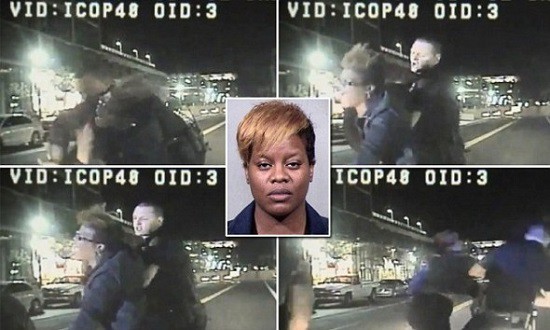
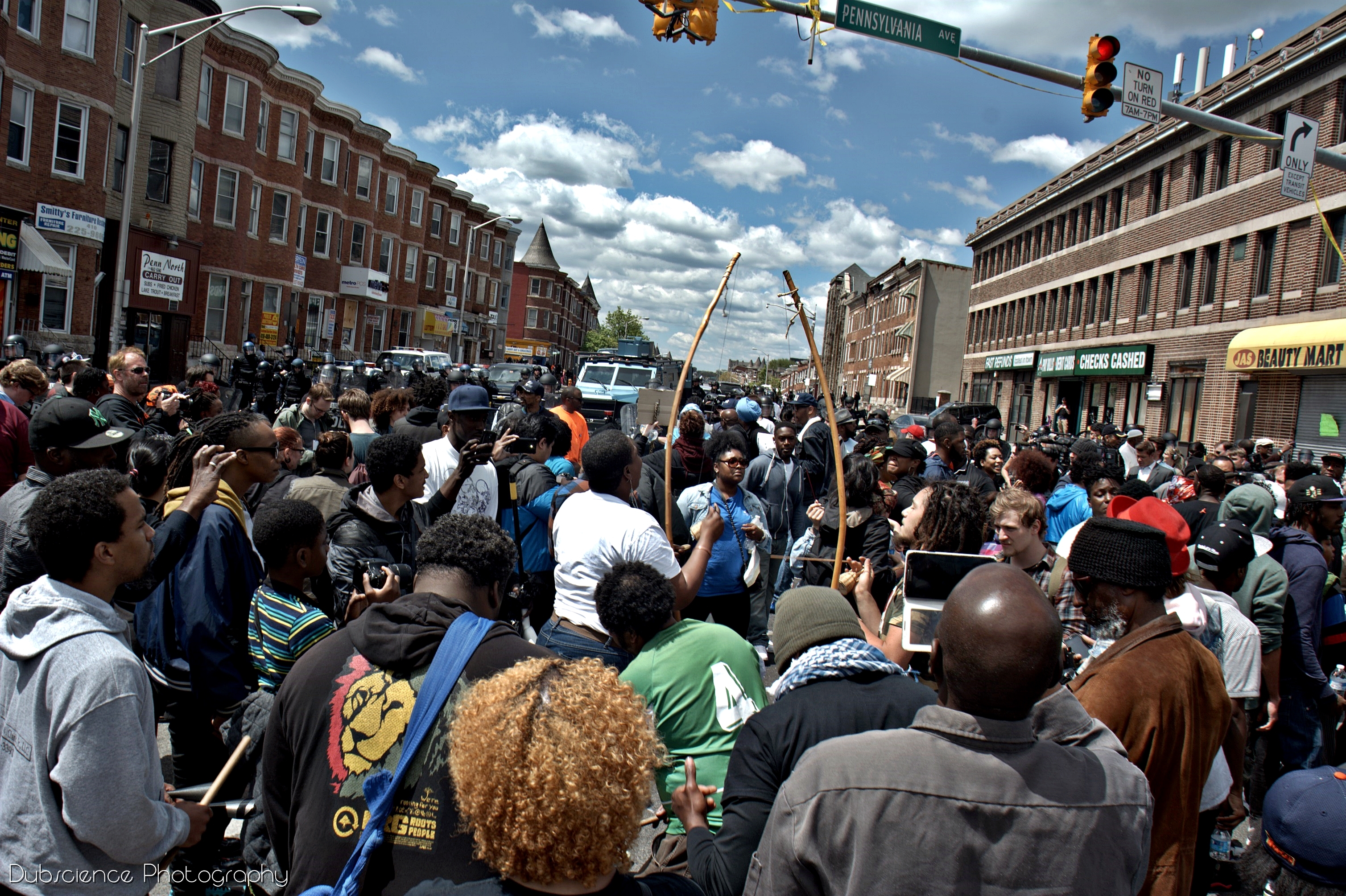
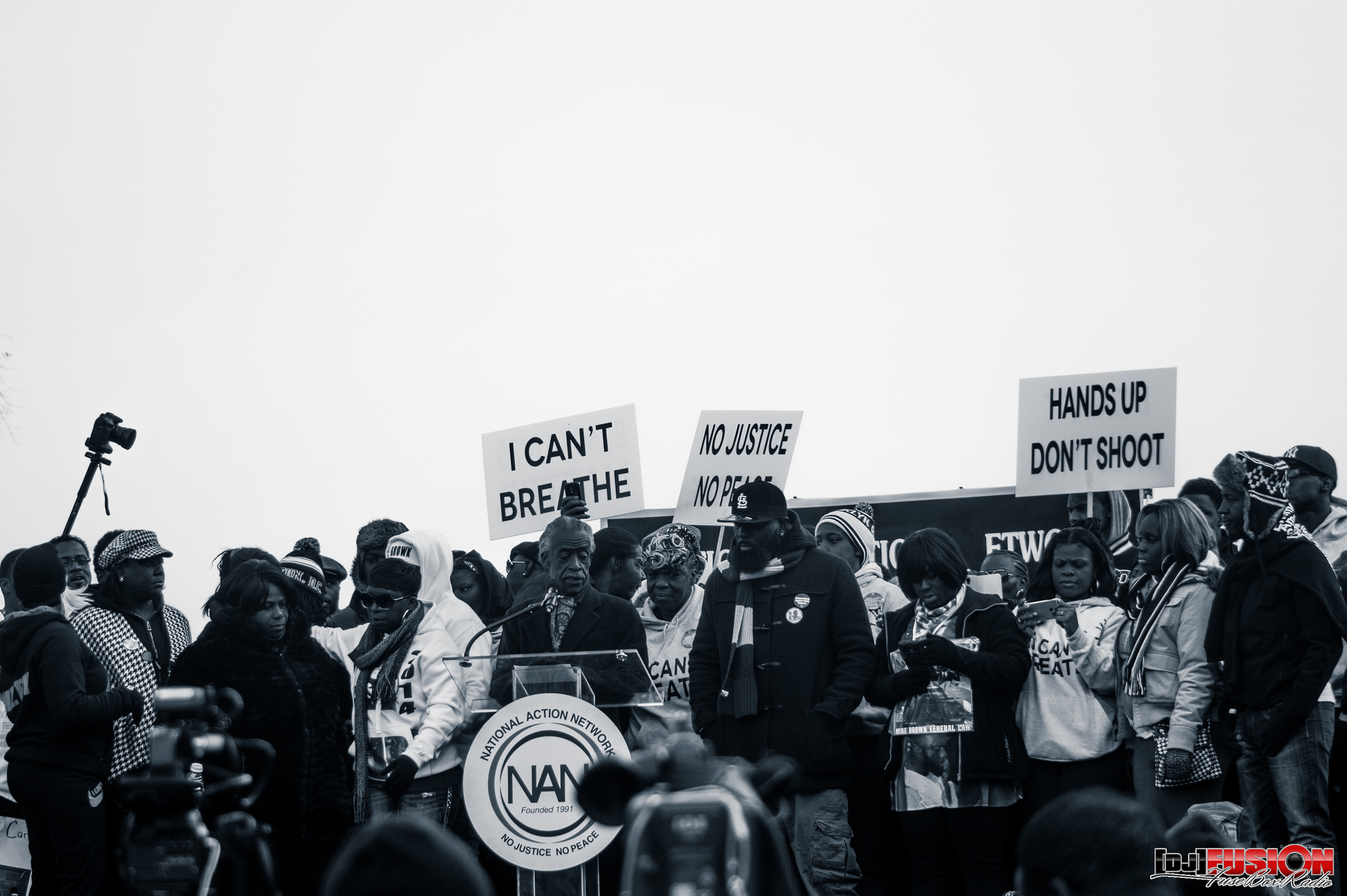
 Theresa Donovan is the director of the Rhetoric and Writing Studies Undergraduate Program at The University of Texas at El Paso. Her research interests include critical rhetoric, race and writing program administration.
Theresa Donovan is the director of the Rhetoric and Writing Studies Undergraduate Program at The University of Texas at El Paso. Her research interests include critical rhetoric, race and writing program administration.